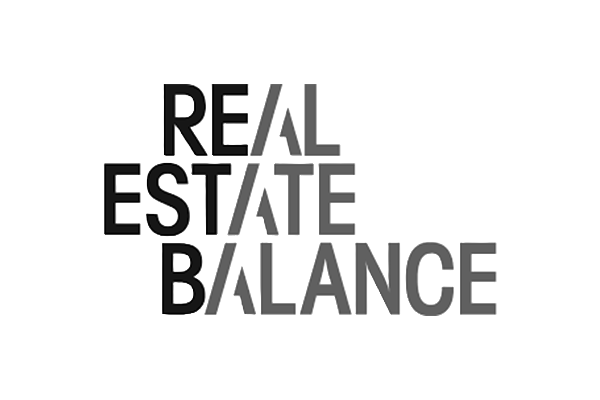
Contributors: Stephanie Hepburn, Ross Simpson
Date published: 28 March 2024
Muddy waters: flooding and the law of nuisance
This article looks at the circumstances in which there may be a claim under the law of nuisance if flooding is attributable to the use that a neighbouring landowner is making of their land.
Take, for example, two neighbours: Mr Shepherd and Mrs Wedderburn.
Mr Shepherd owns a rural estate with a river running through it. Bordering the estate is arable land owned by Mrs Wedderburn. Mr Shepherd decides to dam the river and installs sluice gates which become blocked with dirt and debris. Thereafter, each time it rains, water from the river spills over its banks and floods Mrs Wedderburn’s land.
Does Mrs Wedderburn have a claim against Mr Shepherd?
The legal test for nuisance
The law of nuisance may provide a remedy in circumstances where the owner or occupier of a property is using their land in a way that disturbs their neighbour’s enjoyment of the property or causes damage to it.
In order to be actionable, the alleged nuisance must be continuing (i.e. not a one-off incident) and the complainer must have suffered more than they could reasonably be expected to tolerate (known as the “plus quam tolerabile” test) – the nuisance must cause more than mere discomfort to the complainer.
In our hypothetical scenario, if flooding occurs once following a period of torrential rain, it is unlikely that there will be a claim in nuisance. If, however, flooding has occurred a number of times and can be attributable to the actions of Mr Shepherd (for example a blockage in the sluice gates is reported and not fixed), then Mrs Wedderburn may have a claim in nuisance.
A number of facts and circumstances will be taken into account in determining whether conduct amounts to a nuisance and the plus quam tolerabile test is met:
- the nature of the harm;
- the impact and extent of the nuisance;
- the character of the locality of the nuisance;
- the time the nuisance is said to take place;
- the frequency and duration of the nuisance;
- any conventions that may mean the nuisance is tolerable;
- the importance of the action that is said to amount to a nuisance;
- whether steps can be taken to prevent the nuisance; and
- what measures could be taken by the complainer to protect against the nuisance.
For example, if it is only a small amount of water which is spilling onto Mrs Wedderburn’s land which quickly drains away, a court may not be prepared to find that is beyond what she could reasonably be expected to tolerate. If, however, the flooding is more significant, then the decision may be different.
Further, Mrs Wedderburn, a rural landowner suffering water overspill onto arable land may reasonably be expected to tolerate a greater amount of water overspill onto her land than, say, a residential proprietor in a city suburb, suffering water overspill from a nearby river into a private garden. This is something that the court will look at carefully.
If the court is persuaded that the flooding constitutes an actionable nuisance, then what remedies could Mrs Wedderburn seek?
Remedies
The most commonly sought remedy in cases of nuisance is interdict. An interdict is an order of the court to prevent either a wrong that is in progress or a wrong which is reasonably apprehended. An interdict is similar to what is known in England as an injunction.
Liability for interdict in nuisance is strict. This means that all that needs to be established in order to obtain interdict is that there is an actionable nuisance – it is not necessary to prove fault on behalf of the neighbour.
However, if the nuisance causes damage to Mrs Wedderburn’s land and she suffers a loss, she can only claim damages from Mr Shepherd if she proves that the nuisance was as a result of Mr Shepherd’s “culpa”.
Culpa may arise if Mr Shepherd’s conduct was:
- (a) negligent (the conduct was careless);
- (b) malicious (conduct in the knowledge that it will result in harm);
- (c) reckless (conduct not having regard to whether it would cause harm); or
- (d) Mr Shepherd knew his act or omission would damage Mrs Wedderburn’s land, in which case there is therefore a “higher bar” to clear when damages are sought.
How can we help?
These cases turn on their own facts and circumstances. Often, flooding happens after significant rainfall and, in our fictional scenario, Mr Shepherd may well argue that any flooding was simply a result of torrential rain and not any fault of his own. However, if it can be established that the dam was prone to blocking or the sluice gates filled with debris which had not been cleared despite reports of flooding by Mrs Wedderburn, the court may well be persuaded that Mrs Wedderburn ought to be compensated.
Our rural disputes team is part of Shepherd and Wedderburn’s wider rural property and business practice, and our specialists work together on all potentially contentious matters affecting clients living, working, and operating in the rural sector. We aim to resolve disputes with the minimum fuss, without involving the court, and we are experienced in all methods of alternative dispute resolution.
If you would like to find out more about nuisance, please contact Stephanie Hepburn, Ross Simpson, or another member of our rural disputes team.
You can also watch a webinar on the subject here, which is presented by Stephanie and Elaine Brailsford.
Contributors:
Stephanie Hepburn
Partner
Ross Simpson
Senior Solicitor
To find out more contact us here
Expertise: Dispute Resolution, Rural Disputes






















